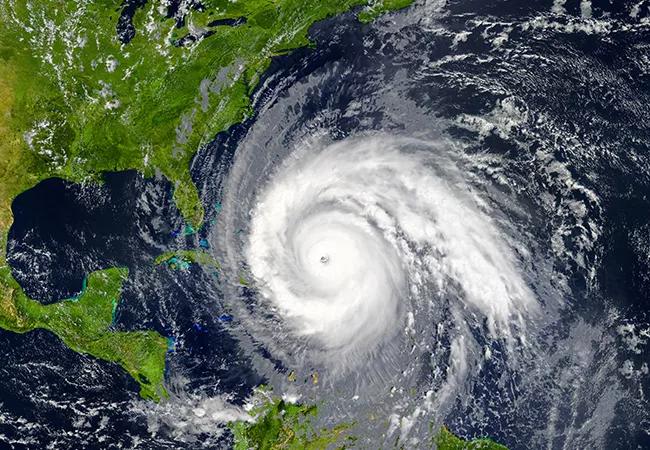Preparing for the eye of the storm

Although the Atlantic hurricane season officially ended on Nov. 30, planning for potentially dangerous tropical cyclones is a year-round event at Cleveland Clinic’s five Florida hospitals. “We’ve had some interesting lessons over the years with different hurricanes,” says Kerry Major, MSN, RN, NE-BC, Florida Regional CNO and CNO of Cleveland Clinic Florida in Weston, Florida. “One of the main takeaways from all these events is that preparing ahead of time is absolutely critical.”
Advertisement
Cleveland Clinic is a non-profit academic medical center. Advertising on our site helps support our mission. We do not endorse non-Cleveland Clinic products or services. Policy
Cleveland Clinic has a robust policy that provides detailed guidance related to staffing, facilities, supplies, possible evacuations and more. “It looks at all the different aspects of providing care not only for our patients, but also for the caregivers that are here before, during and after storms,” says Major.
Nursing leaders helped draft the policy and are at the table when it’s reviewed, incorporating input from clinical nurses. “It’s important to understand the impact of policy decisions on our ability to provide care and appropriate staffing,” says Major. “And the best way to get that feedback is from the caregivers themselves.”
All hospital employees have a role to play in hurricane preparedness, from the CEO to physicians to support staff. While nurses are responsible for many individual tasks, their primary responsibilities are related to two areas:assuring adequate staffing and managing care of their patients.
“The key responsibility we have pre-hurricane is making sure we have an appropriate pool of caregiver resources to provide the level of care needed,” says Major. Nursing leaders consider the number and types of patients in the hospital, what their specific needs are and what nursing skill sets are necessary to meet those needs during and immediately after a hurricane.
Cleveland Clinic Martin Health, which includes three hospitals on Florida’s Treasure Coast, identifies pre, during and post hurricane teams early before the hurricane season begins each year on June 1. “This past year we really scrutinized the amount of people needed in our buildings,” says Susan Clark, DNP, RN, CNL, CNO of Cleveland Clinic Martin Health. Careful consideration is crucial, she says, because caregivers often must remain in the hospital during lockdown in the heart of the storm. At Cleveland Clinic Tradition Hospital, part of the Martin Health system, space for caregivers to rest was at a premium during Hurricane Dorian in September.
Advertisement
Caring for our caregivers allows them to focus on our patients. “From a care management perspective, we consider which patients can safely be transitioned to another level of care or home prior to the storm,” says Major. From the moment a hospital hears about a storm gathering far out in the Caribbean, nursing leaders begin this task.
Another issue related to care management of patients is the possibility of evacuations. To prepare, leaders examine the census of all nursing units in the event they are called upon to take extra patients. During Hurricane Dorian, for instance, Cleveland Clinic Martin South Hospital was evacuated as a safety measure, with some patients being relocated to Tradition Hospital. Clark considered how to consolidate units. One decision she made was to facilitate the discharge of as many patients as was safely possible from Tradition’s Mother/Baby unit, which had a low census. That allowed the unit to accommodate 20 adult patients.
Major, who has been with Cleveland Clinic Weston Hospital for 15 years, and Clark, a 20-year veteran with Martin Health, have been through countless hurricanes. They offer advice to nursing peers on how to prepare for natural disasters – and not just hurricanes. In late October, a Santa Rosa, California, hospital evacuated more than 100 patients as the Kincade Fire approached. Other hospitals across the country must prepare for tornadoes, floods and other natural disasters.
Here are some tips from Major and Clark:
Advertisement
“We are so glad another hurricane season is behind us!” says Clark. “But it won’t be long before we start planning for the next one.”
Advertisement
Advertisement

Mobility carts provide exercises and tools

Nurse researchers explore the relationship between readmission risk scores and acute care transfers

Guiding nurses amid a constantly evolving healthcare landscape

Ideation session generates solutions to medication administration errors

Caregivers spearhead changes that improve patient care, shape hospital culture

Building a culture that supports, engages and empowers nursing staff

Nurses harness cutting-edge technology as a bridge to healing

Dedicated leader shares her passion for quality, education and professional development